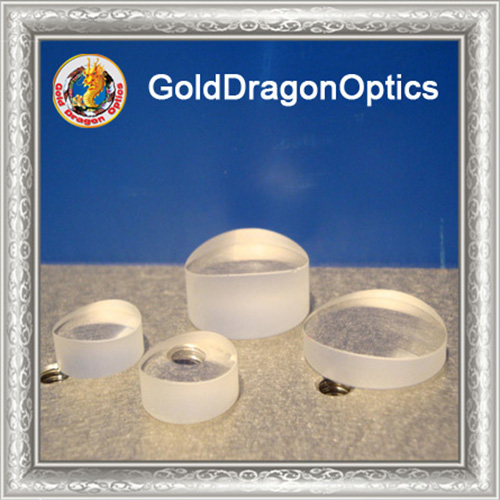Cotton seedlings are vulnerable to pathogens, causing dead seedlings, especially the damage of anthracnose and yellow wilt, which will cause irreparable huge losses. Pay attention to the following when applying the fungicide. 1. There are two types of fungicides. When selecting a fungicide, it is necessary to clarify the nature of the fungicide. A fungicide for preventing plant diseases, also known as a protective agent, such as Bordeaux mixture, mancozeb, carbendazim, etc.; an agent for killing or inhibiting pathogenic bacteria invading a plant after the onset of a plant, also called a therapeutic agent In the early stage of the disease, the application effect is better, such as anti-drying, bacteria sterilization, Baozhida and other compound fungicides. 2, the fungicide should be sprayed at 8 to 9 am, after 4 pm. Spraying at high temperature in the hot sun is not good for crop absorption, and the drug is easy to decompose and evaporate quickly. 3. The fungicide cannot be mixed with alkaline pesticides. Do not arbitrarily increase or decrease the amount of use. The medicine should be used with the medicine. 4, fungicides are mostly powders, emulsions and suspensions, must be diluted before application, first put the drug, then water, and then stir with a stick. When mixed with other pesticides, the fungicide should be diluted and mixed with pesticides. 5. Spray the disinfectant spray at intervals of 7 to 10 days. For drugs that are not strong in adhesion and poor in systemic absorption, they should be sprayed after 3 hours of spraying and must be re-sprayed after rain. 6. As soon as possible, the cotton plantlets of the diseased plants will resume growth. In the short term, the leaves of the diseased plants will turn from yellow to green and grow vigorously. While controlling the disease, the disease resistance of the diseased seedling can be enhanced, and the regulator containing a plurality of micro-nutrients (foliar fertilizer) can be sprayed for adjustment.
Huaxian Agricultural Technology Promotion Center Lu Shuguang
ã€Comment】 ã€Print this article】 ã€Close this page】 ã€Large, medium and small】
Fused Silica Round Plano-concave Cylindrical Lenses
Fused Silica Round Plano-concave Cylindrical Lenses,Cylindrical Lenses,cylindrical lens for astigmatism,cylindrical lenses vs Spherical Lenses
Our company can produce a variety of specifications, radius, different base material of flat convex cylindrical mirror, flat concave cylindrical mirror, double convex cylindrical mirror, double concave cylindrical mirror, crescent cylindrical mirror and other ordinary cylindrical mirror.
Special cylindrical mirror can also be processed, such as: achromatic cylindrical mirror, parabolic cylindrical mirror, cylindrical ellipsoid and hyperboloid cylindrical mirror, such as aspheric surface cylindrical mirror and cylindrical mirror group.
Materials: optical glasses such as flint glass, ultraviolet fused quartz and infrared fused quartz, as well as optical crystal materials such as calcium fluoride (CaF2), germanium (Ge), Zinc selenide (ZnSe) and silicon (Si)
Focal length: ±5mm -- ±1000mm±1%(TIROPTICS OPTOMATIC2000 test in Germany)
Length: 2 mm - 300 mm + / - 0.1 mm
Width: 2 mm - 150 mm + / - 0.1 mm
Center thickness tolerance: ±0.2mm
Center deviation: 3-5 points
Surface accuracy: /2
Surface quality: 60/40
Effective diameter: 90%
Plating film: according to customer requirements can be coated
In addition, we have more than a thousand kinds of standard products, and some of the standard products in stock to meet your needs

Fused Silica Round Plano-Concave Cylindrical Lenses,Cylindrical Lenses,Plano-Convex Cylindrical,Glass Slip
Gold Dragon Optics Electronic Technology CO.,Ltd , https://www.golddragon-optics.com
